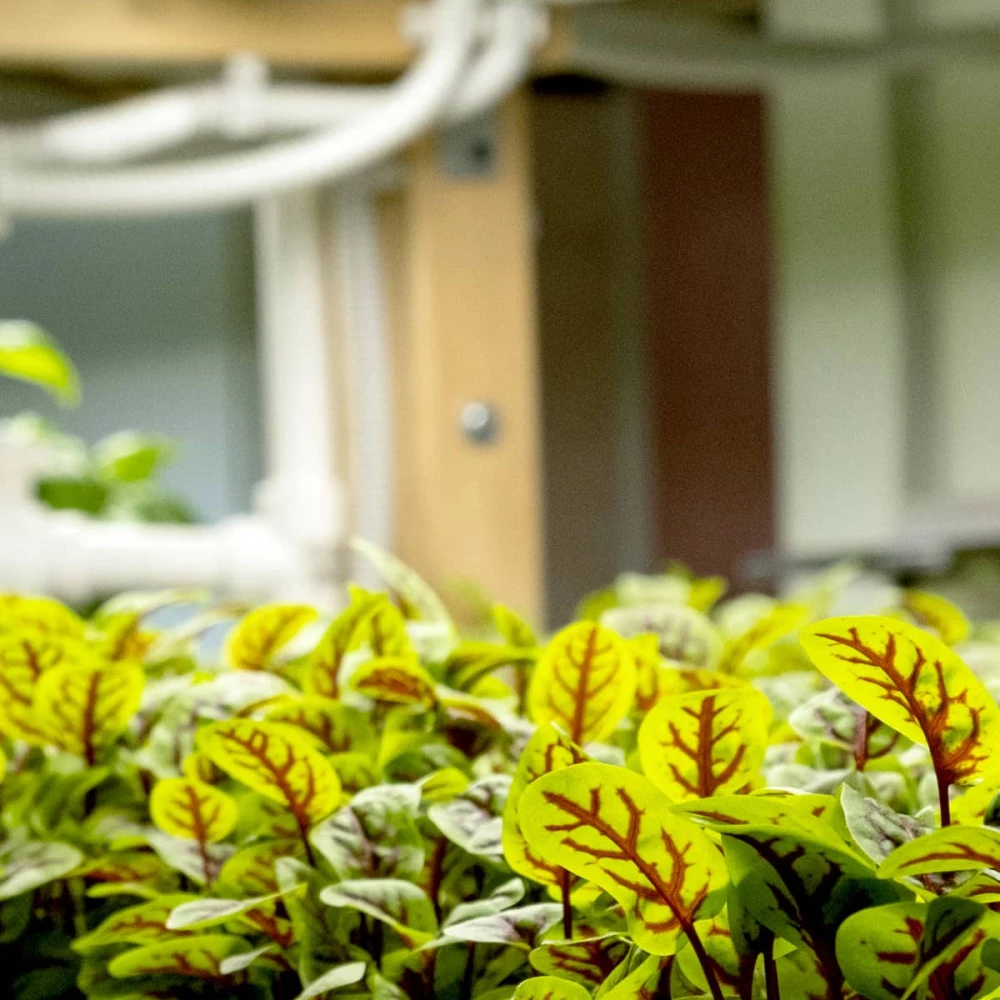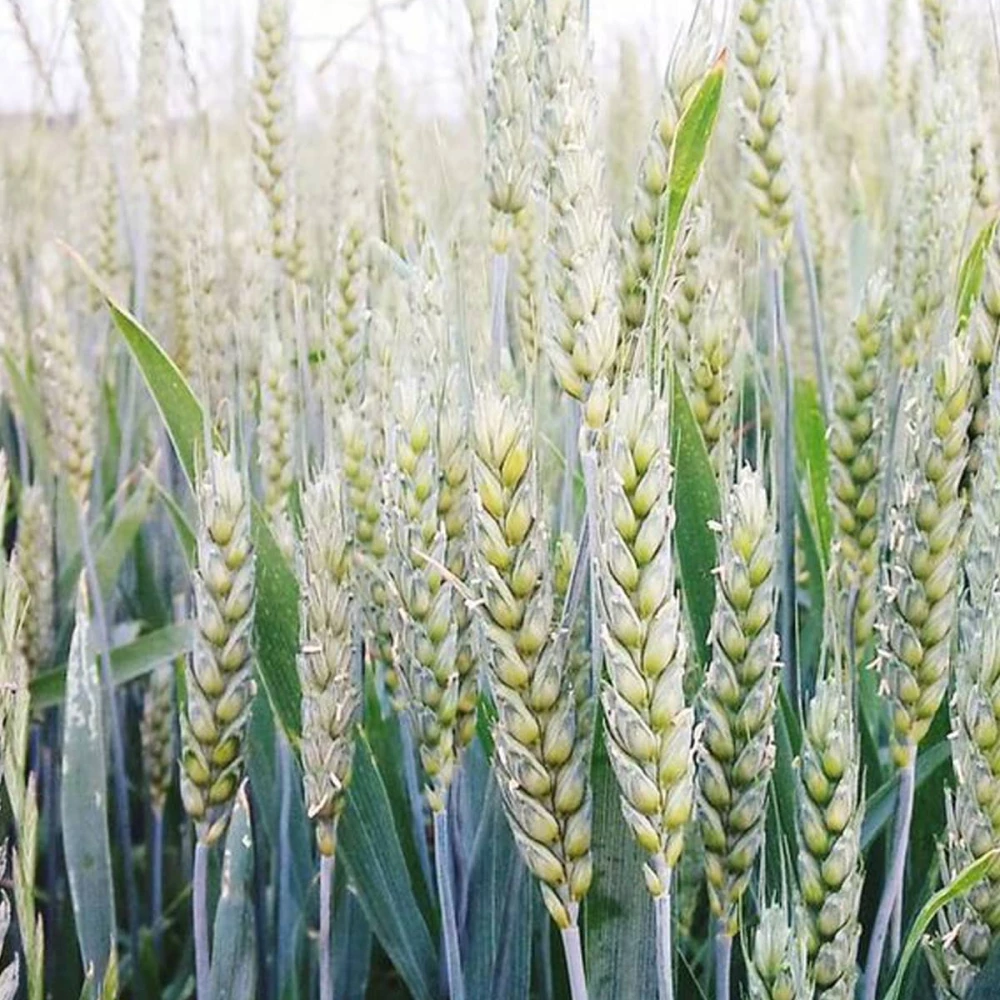Sustainable protein production is a key tool in reducing the global food system's negative impact on the planet. Increasing both supply and demand for this production is a long-term project, and the Nordic countries have an opportunity to take the lead. BCG's Copenhagen-based Partner and Associate Director Malte Clausen highlights the opportunities, explains the high stakes, and outlines how targeted investments and increased collaboration between different stakeholders could speed up the development.
The global food production industry exerts significant pressure on the planet, contributing to nearly a third of global greenhouse gas emissions. Around 60% of these emissions are linked to animal-related products. This impact is projected to worsen, with the OECD forecasting a 30% increase in global demand for animal-based proteins by 2050. The flip side to this problem is that innovation in the food industry can have an enormously positive planetary impact. Case in point: Alternative proteins - including plant-based and cultivated. Having lower CO2 emissions, less impact on land- and water use, and needing less material, these proteins will play a pivotal role in the development of a more sustainable food production system. As of 2022, alternative proteins represent roughly 2% of global protein consumption. Scaling this up to 8% could potentially reduce greenhouse gas emissions by an amount equivalent to 95% of those generated by the aviation industry by 2030. Therefore, there is not only tremendous opportunity for growth but also a clear incentive if we are to meet the goals set out in the Paris Climate Agreement.
To be clear, getting to the point where plant-based and cultivated proteins make up a significant proportion of the global diet is not an overnight project. The transition will take decades and will require long-term commitment, investment, and innovation. But I believe that it will be essential to the well-being of our planetary ecosystem, and the underlying trends point in the right direction. People are generally concerned about health, sustainability, and animal welfare – all factors that the plant-based and cultivated segment speaks to.
Explore the boxes for a deep dive into Sustainable Protein Production:
An Appetite for Change?
A successful shift towards a more sustainable protein production will require a mix of technological breakthroughs, scientific advances, cooperation, and regulatory support. In positive news, the topic is moving up the political agenda and much-needed debate has begun. For instance, the European Union views alternative protein sources as integral to its overall protein strategy including its Farm to Fork Strategy. According to the Good Food Institute, alternative protein companies in Europe were able to raise approximately €579 million in 2022. This is a 24% increase compared to 2021 and shows a growing appetite for investing into this transition. Since the Nordic countries are already leaders in the production of food enzymes and other ingredients, they can be frontrunners in reshaping the food production landscape. In line with this, the Danish government has allocated $100 million to promote plant-based foods, while the Research Council of Norway has announced a $10 million fund for cellular agriculture development. Despite these encouraging steps, widespread adoption by major corporations with the financial capacity to drive successful transitions remains crucial.
The challenges for this nascent industry fall into a demand and supply framework. On the demand side, consumers do express strong interest in more sustainable foods—but this has not yet translated into large-scale behavioral change when it comes to purchasing decisions. This intention-action gap can be seen in consumer goods of all kinds, so it is not surprising to see it in food and beverages. Positive consumer experiences and access to more plant-based and cultivated food products will pave the way for change.
But to make a change on the scale that we need—say, to target a scenario of sustainable proteins making up 8% of the global market by 2030—we need to do more to boost demand. At BCG, we have identified the key drivers to make a scale-up possible. The roots for success lay in improvements of taste and texture, reaching parity in price with animal-based products, and applying appropriate marketing strategies to reach the mainstream. Food habits are deeply ingrained in culture and identity. Put simply, if people don't enjoy the food, repeat purchases won't be happening. As with any consumer good, keeping pace with evolving consumer needs requires significant and continuous data collection, analysis, and course correction. Plant-based proteins have already gained substantial consumer traction, and we now know how best to reach large consumer segments; cultivated proteins and cultivated fats are only just becoming commercially available and will thus require more concerted effort.
On the supply side, the primary challenge is ramping up production. Here, there are two groups of players that will play definitive roles: First, global corporations, which have the sales and distribution muscle to shift product ranges at the point of sale; second, tech scale-ups that will innovate and reconceptualize how food products are brought to market. And the real magic will happen when the two collaborate.
Investing in the Sustainable Protein Transition
Presently, the two most promising areas for investment are research and development (R&D) and expanding production capacities. Firstly, in R&D, achieving taste and texture parity is crucial. To accomplish this, leveraging novel ingredients and texturizing methods is essential for enhancing and streamlining the complex manufacturing process. Examples include utilizing precision fermentation to create animal-identical compounds like the milk-protein casein for a more authentic dairy-like product or refining extrusion methods to improve the texture resemblance of meat and dairy. Secondly, meeting the demand for specialty ingredients or cell-based products requires substantial increases in biomanufacturing capacity. This investment is necessary to address the current capacity constraints and increase the production of key ingredients, both of which currently contribute to high prices. These advancements necessitate significant investments from both the private and public sectors.
The Secret Sauce
Finally, a more favorable regulatory environment is a prerequisite to growing the sustainable protein production sector. Consumer goods companies should work closely with farmers, ingredient manufacturers, meat and dairy companies, and government entities to ensure a level playing field for the sector. Farmers, in particular, will require support to profitably transition to different types of production.
Three key examples of how regulation could accelerate the shift are defining and streamlining regulatory approval processes, reallocating agricultural subsidies towards the most sustainable production forms, and shifting menus in public sector food service towards increasingly offering of plant-based options.
I came to BCG for a simple reason: The opportunity to work closely with the world's most influential businesses and to develop more sustainable ways of doing business, environmentally as well as financially. The transition to sustainable protein production is so important to the health of our planet and such a significant opportunity for investment. It's a very compelling challenge to take on.








